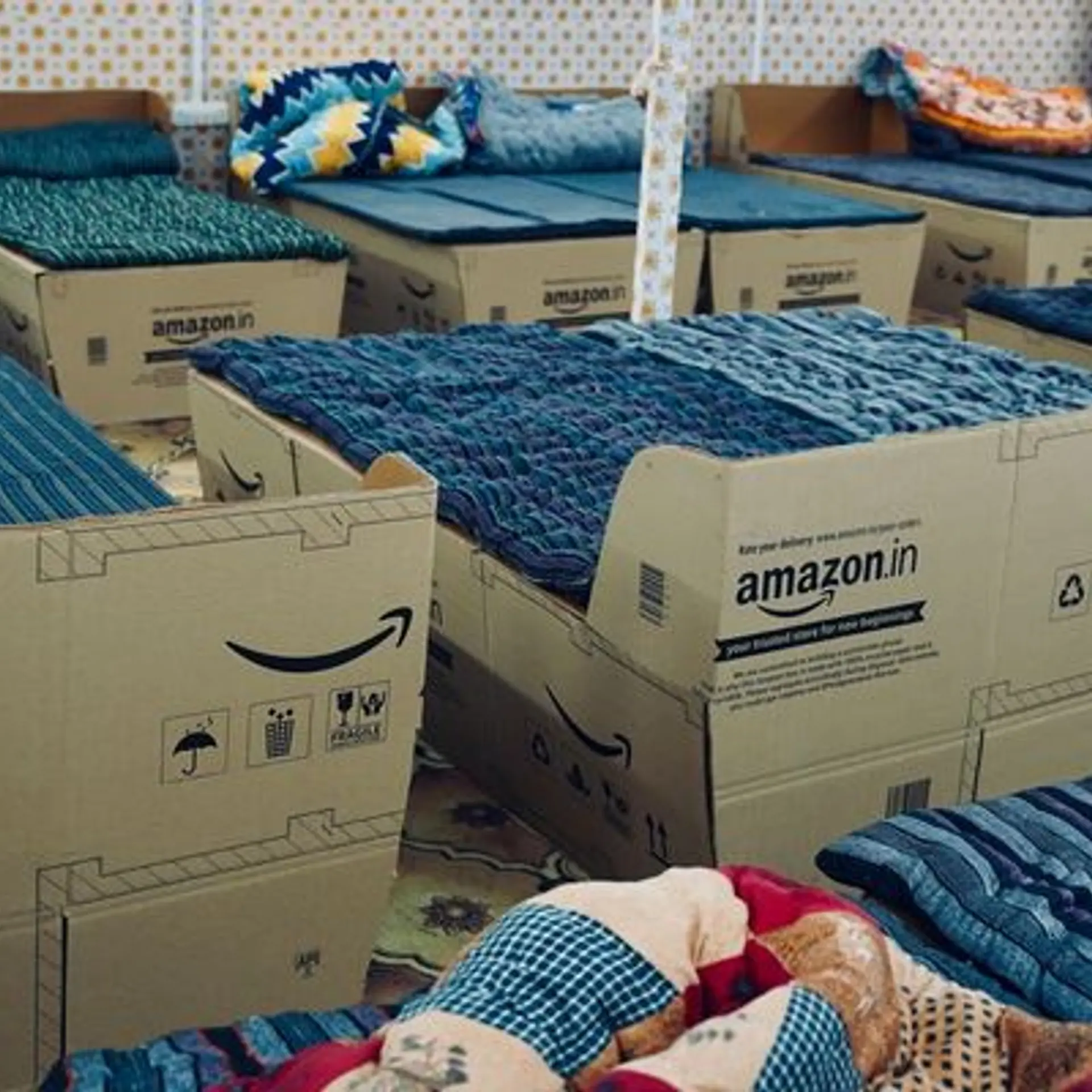India’s exports have the potential to reach much higher levels: Montek Singh Ahluwalia
Speaking at the Amazon Smbhav Summit 2022, economist Dr Montek Singh Ahluwalia said that a platform like Amazon has enabled SMBs to find customers in the global marketplace. He also gave tips on how Indian SMBs can gain a competitive advantage in the global market.
The COVID-19 pandemic has reshaped India’s export story. With a freeze in production and supply chain disruptions, the world realised that they need an alternative to the global manufacturing hub, China.
In FY22, India breached the $400 billion mark in merchandise exports for the first time, thus reiterating how they are driving the Indian economy and helping to generate revenue, employment, and market access.
According to Dr Montek Singh Ahluwalia, Economist and Former Deputy Chairman of the Planning Commission, Government of India, India’s exports have the potential to reach much higher levels.
Speaking at the Amazon Smbhav Summit 2022 virtually held on May 18 and May 19, the economist said that a platform like Amazon has enabled small and medium businesses (SMBs) to find customers in the global marketplace.
“The biggest advantage that you (Amazon) have is to give Indian exporters a platform, which the world is familiar with….Certainly, if you measure what is coming out of the platform in terms of orders directed to these guys (SMBs), it will resound very positively.”
Eric Broussard, Vice President of International Marketplace and Retail at Amazon, spoke about the popularity of Indian products in the international market. He said, “The demand (for Indian products) is very good because the products are great.”
Products like jewellery, spices, and apparel are bought frequently across the world, he added.
Montek also said that India’s share in global exports is still very low. India should focus on having a more “dynamic export performance” than the country has ever had, he added.
Advising entrepreneurs on how they can make products for the global market, he said, “Having good products and being competitive is critical. He said Indians should be open to imports as well to grow. “The only way Indian exporters will know what a good quality product is only when they have a chance to see what a good quality product is.”
Montek further added that Indian exporters can show the prowess of their products when they are exporting and competing with global competitors.
Eric also shed light on some ways Indian exporters and entrepreneurs can make quality products. “We say at Amazon, “Start with the customer!” and work backward and that’s the way your products become competitive in the world competition.”
Apart from keeping customers at the forefront of everything they do, he advised Indian entrepreneurs to think globally.

Components of India’s growth story
In another session, Chief Economic Adviser V Anantha Nageswaran highlighted India is better placed amid global uncertainties like the ongoing Ukraine-Russia war, inflation, and more.
India recently signed free-trade agreements with Australia and the United Arab Emirates. Nageswaran said that these steps will help Indian products in the global market by having more duty concessions and lowering the cost of imported products.
He noted that ecommerce is playing an integral role in helping many small and medium enterprises (SMEs) take part in the global marketplace despite belonging to the interior parts. “Ecommerce will help them gain better access and they will get to know how to compete in the global market.”
He reiterated that micro, small and medium enterprises (MSMEs) are indeed the backbone of the country.
“The developed world got where it is on the back of MSMEs. It is not enough to romanticise MSMEs because if you do, you end up keeping them where they are,” he said, adding, “But if you believe in them and their potential to transform the economy, provide them with the opportunities to grow.”
The Indian MSME sector, which includes small manufacturers, retailers, and kiranas, is called the backbone of the economy because it accounts for almost 30 percent of GDP, 40 percent of the workforce, and 40 percent of exports. The MSME sector is growing at about 10 percent annually.
He said that platforms like Open Network of Digital Commerce will provide that kind of opportunity to the MSMEs where they can grow their businesses and not get threatened by technology.
Edited by Megha Reddy








